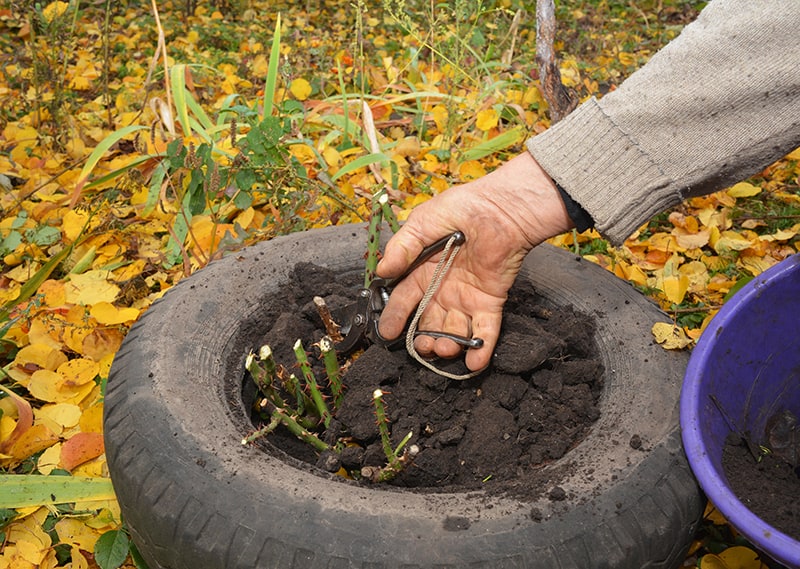How to Insulate Plants for Winter Survival: A Comprehensive Guide

As the days grow shorter and the air crisper, gardeners everywhere brace for the inevitable: winter. But does the first frost have to spell doom for your beloved plants? Absolutely not! With the right plant insulation techniques, you can winterize your garden and ensure your green friends thrive until spring. So, let's dive in and learn how to insulate plants for winter survival.
Understanding Winter's Impact on Plants
Before we explore plant protection strategies, let's understand what happens to plants in cold weather. Freezing temperatures can cause ice crystals to form within plant cells, damaging their structure and preventing them from transporting water and nutrients. This can lead to wilting, discoloration, and even plant death. But don't worry, with the right winterizing plants techniques, you can shield your garden from winter's wrath.
Assessing Your Garden's Hardiness
First things first, you need to understand your garden's hardiness. The USDA Plant Hardiness Zone Map is an excellent resource for this. It divides North America into 11 zones based on average annual minimum winter temperatures. Knowing your zone will help you choose plants that can naturally withstand your region's cold weather and determine which ones need extra plant insulation.
Plant Insulation Techniques
Now that you understand winter's impact and your garden's hardiness, let's explore some plant protection strategies.
Mulching: Nature's Blanket
Mulching is one of the simplest and most effective plant insulation techniques. A thick layer of organic material, such as straw, pine needles, or shredded leaves, acts like a cozy blanket, insulating the soil and protecting plant roots from freezing temperatures. Apply a 2-3 inch layer around the base of your plants, but don't pile it against the stems or trunks to prevent rot.
Covering Plants: Creating a Greenhouse Effect
Covering your plants with frost cloth, burlap, or even old sheets can provide excellent frost protection. These materials trap heat from the soil, creating a greenhouse effect and keeping your plants warm. Remember to secure the covers to prevent them from blowing away in strong winds.

Watering: A Surprising Insulator
It might seem counterintuitive, but watering your plants before a freeze can actually protect them. Wet soil holds heat better than dry soil, providing extra insulation for plant roots. Just be sure to water early in the day, so the leaves have time to dry before temperatures drop.
Wrapping Trees and Shrubs
Young trees and shrubs, especially those with thin bark, are particularly vulnerable to cold weather. Wrapping their trunks with burlap or tree wrap can provide much-needed insulation and protect against sunscald, a condition caused by rapid temperature fluctuations.
Cold Weather Gardening: Additional Tips
Here are a few more cold weather gardening tips to help your plants survive the winter:
- Choose the Right Plants: Opt for cold-hardy varieties that can withstand your region's winter temperatures.
- Avoid Pruning: Pruning encourages new growth, which is particularly susceptible to cold damage. Wait until late winter or early spring to prune.
- Drain Pots: If you have potted plants, ensure their containers have good drainage. Waterlogged soil can freeze and damage plant roots.
When to Insulate Plants
Timing is crucial when it comes to winterizing plants. Pay attention to weather forecasts and insulate your plants before the first hard freeze. But don't rush it. Insulating too early can trap heat and cause plants to break dormancy, making them more susceptible to cold damage.
Conclusion: Embrace the Seasons
Winter doesn't have to be the enemy of your garden. With the right plant insulation techniques, you can protect your plants and even enjoy some cold weather gardening. So, embrace the seasons and give your garden the gift of warmth this winter.
Happy gardening! Remember, every expert was once a beginner. Don't be afraid to experiment and learn what works best for your garden.
FAQs
When should I stop watering my plants in the winter?
- You should stop watering your plants when the ground freezes. However, if you experience a dry winter with little snow cover, you may need to water occasionally during thaws.
Can I use plastic to cover my plants?
- While plastic can provide insulation, it doesn't breathe like fabric covers, which can lead to overheating on sunny days. If you use plastic, ensure it doesn't touch the leaves and remove it during the day.
Should I fertilize my plants in the winter?
- No, fertilizing encourages new growth, which is particularly vulnerable to cold damage. Wait until spring to fertilize.
How do I protect my plants from heavy snow?
- While a light layer of snow can insulate plants, heavy snow can damage branches. Gently brush heavy snow off trees and shrubs to prevent breakage.
What should I do if my plants get frostbite?
- Don't prune frost-damaged plants immediately. Wait until spring to see how much of the plant survives. Pruning too early can encourage new growth that's vulnerable to further cold damage.

For more information on plant protection, check out these resources:
0 Response to "How to Insulate Plants for Winter Survival: A Comprehensive Guide"
Post a Comment